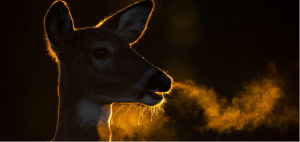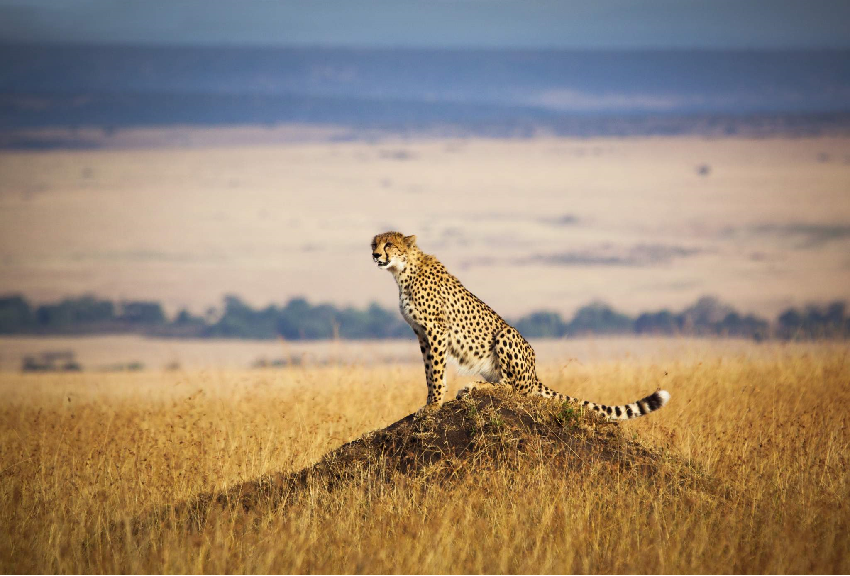Outdoor wildlife photography is both challenging and rewarding. Unlike controlled environments like parks or zoos, wildlife is floating. Since most opportunities last only a few seconds, there is little room for error…
Patience, persistence, and a touch of luck are certainly useful, but they are not enough to achieve good results.
Today we bring you some tips for taking wildlife photography that will increase your chances of achieving good results.
Know The Subject

Wildlife photography is about much more than technical details like aperture and shutter speed. It also goes beyond the technology we use. To capture the true beauty of a subject, it is essential to understand its behavior.
Read books and talk to hunters or experts on the species of animal you are going to photograph. If there is a specialist in your city on the subject, you can also talk to him or ask him for advice via email. They will generally be willing to share their knowledge, as long as you are respectful of the animals.
In addition to research, knowledge is gained through experience. Over time, and through trial and error, you will understand some things, such as the effect that the weather has on animals.
Colder weather or snow can drive them down to lower elevations, where they will be easier to find and photograph. Other photographers in your area may share this information with you.
Local park rangers and park staff are excellent resources for learning about animal activities.
Doing an internet search can also make things easier for you.
Wait For The Unexpected
Wildlife doesn’t wait for you to be ready to take the picture. As soon as you arrive at the location, take the camera out of your backpack, turn it on, remove the lens cap, and set the exposure for ambient light. In this way, you are prepared for anything that may come your way.
If you don’t prepare this way, you could miss out on some amazing shots.
Work The Light
A great tip is to photograph during the golden hours. This means getting up early in the morning and being in the field before sunrise, and heading out in the evening to make the most of the last hours of sunlight.
The light around noon (especially between 11:00 and 16:00, depending on the location) is generally too harsh. The exception is an overcast day when the clouds act as a giant softbox to filter the light evenly.
Since photography is all about light, what you need to know is how to use light to your advantage. You can often find yourself in a position where the light is not ideal, or the light is fine, but in the wrong direction.
You will not always be in a position to move to a better place. The good news is that light from the wrong direction can add a special effect to the image. It’s all a matter of knowing how to adapt.
Be As Discreet As Possible
The only way to accurately capture authentic wildlife behavior is to not be a distraction.
Act quietly, blend in with your surroundings, and watch patiently. Watch out for camera noises and flashes that can impair your ability to be discreet. You have to be like a Ninja. The more stealthy you are, the better your chances.
Don’t Forget The Environment
It is not good to shoot only with long lenses all the time, where the frame is filled only with the subject. You need to show the environment. Stand back and use wide-angle lenses to give viewers a sense of where the animals live, this can add a bit of context and help improve the composition of the photo.
We hope you find these tips helpful, and that you get great wildlife photography!
You may also be interested in PHOTOGRAPHY TIPS AND TRICKS FOR BETTER SMARTPHONE PHOTO

